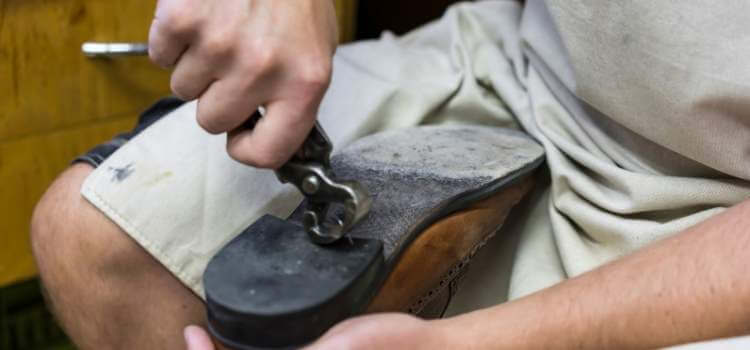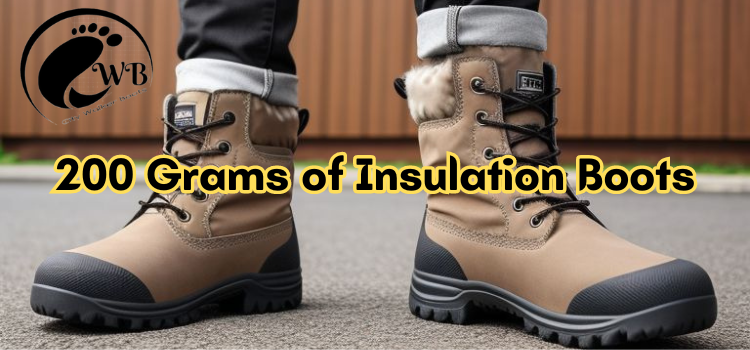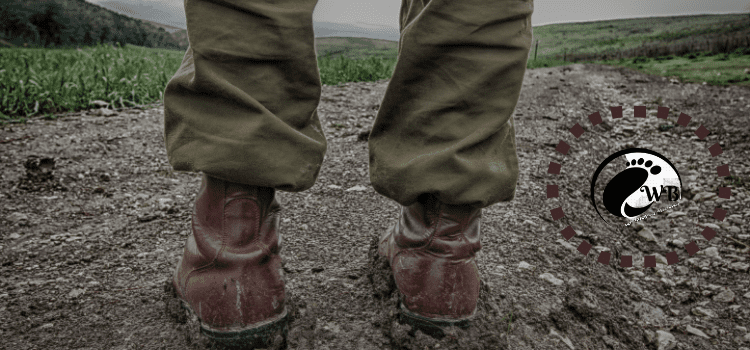How Long After Hip Replacement Can I Tie My Shoes?

As an Amazon Associate, I earn from qualifying purchases.
Introduction
How Long After Hip Replacement surgery is a transformative procedure that can greatly improve mobility and quality of life for individuals suffering from chronic hip pain or degenerative joint diseases. After undergoing hip replacement surgery, many patients wonder about the timeline for returning to various activities, including everyday tasks like tying their shoes. We will explore the factors that affect the recovery process and provide insights on when you can expect to tie your shoes again comfortably.

Recovery Journey: How Long After Hip Replacement
Before diving into the specifics of tying shoes post-hip replacement, it’s essential to understand the general timeline and recovery phases. Every patient’s recovery is unique, but the following outline will give you a general idea of what to expect:
Immediate Post-Operative Period (Days 1–7)
Typically, you’ll be in the hospital and under close medical supervision during this phase. Pain management, wound care, and physical therapy will be the primary focus. Early mobilization exercises will help promote blood circulation and prevent complications like blood clots.
Early Recovery (Weeks 1-6)
Once discharged from the hospital, you will continue your recovery at home. Physical therapy sessions will help you gradually regain strength and mobility. During this phase, it’s crucial to follow your surgeon’s instructions and avoid activities that could strain the healing hip joint.
Mid-Recovery (Weeks 6–12)
At this stage, you will likely experience significant improvements in pain levels and mobility. Physical therapy will continue to play a crucial role in rebuilding strength and range of motion. Your surgeon may gradually allow you to engage in low-impact activities and exercises.
Late Recovery (Months 3-6)
You should see continued progress and increased independence during the final recovery phase. Physical therapy may transition to more focused exercises aimed at functional activities. The length of this phase can vary depending on individual factors such as age, overall health, and adherence to post-operative guidelines.

Now that we have an overview of the recovery process, let’s explore when you can expect to tie your shoes comfortably.
How Long After Hip Replacement: What to Consider
Returning to activities like tying your shoes requires a delicate balance between healing and rehabilitation. While every patient’s recovery timeline may differ, here are some key factors to keep in mind:
Healing Progress
The healing rate varies from person to person, depending on age, overall health, and adherence to rehabilitation guidelines. Following your surgeon’s instructions and attending all recommended physical therapy sessions is essential to optimizing your healing progress.
Flexibility and Range of Motion
Tying shoes involves bending down and maneuvering your foot into various positions. As your hip recovers, you will gradually regain flexibility and range of motion, making shoe-tying more manageable. Physical therapy exercises targeting hip mobility will be instrumental in this process.
Strengthening the surrounding muscles
The muscles around the hip play a crucial role in providing stability and support. Strengthening exercises prescribed by your physical therapist will gradually improve.

The strength and function of these muscles As they grow stronger, everyday activities such as tying shoes become easier.
Individual Progress and Milestones: How Long After Hip Replacement
Each patient’s progress will differ based on their unique circumstances. While some individuals may regain shoe-tying ability earlier, others may take longer due to individual variations in healing and recovery. Focusing on your progress and avoiding comparing yourself to others is essential.
When can you expect to tie your shoes comfortably?
While it’s difficult to pinpoint an exact timeframe, most patients can expect to tie their shoes comfortably within the first three to six months after hip replacement surgery. However, it’s important to remember that this estimate may vary depending on individual factors and the specifics of your surgery.
The following timeline can provide a general guideline for when you may regain the ability to tie your shoes:
Weeks 4–6: Many patients notice increased comfort and flexibility, making attempting shoe tying with minimal assistance possible.
Weeks 8–12: By this stage, you should experience significant hip mobility and strength improvements. Most patients can tie their shoes independently, although some may still require assistance for added stability.
Months 3-6: At this point, most patients can tie their shoes easily. However, listening to your body and avoiding overexertion during this period are important.
Tips: How Long After Hip Replacement
To ensure a smooth transition back to tying your shoes, here are some tips to keep in mind:
1. Utilize adaptive aids: Consider using long-handled shoe horns or elastic shoelaces to make the process easier during the early stages of recovery.
2. Sit down while tying. Begin by sitting on a stable chair or bench to minimize strain on your hip joint. This position provides added stability and reduces the risk of falls.
3. Use proper technique: When tying your shoes, use a cross-over method or opt for slip-on shoes that eliminate the need for connecting altogether. This technique reduces the need for excessive bending and twisting.
4. Ask for assistance if needed. If you encounter any difficulties or feel uncomfortable, don’t hesitate to ask a family member, friend, or caregiver for help. It’s important not to push yourself beyond your comfort level.

Everyone’s recovery journey is unique, so be patient and listen to your body throughout the process. Gradually, you’ll regain the ability to tie your shoes independently and enjoy your newfound mobility.
Conclusion: How Long After Hip Replacement
Recovering from hip replacement surgery is a transformative process that requires time, dedication, and patience. The ability to tie your shoes comfortably is an important milestone in your journey toward regaining independence. By following your surgeon’s guidance, attending physical therapy sessions, and taking care of your overall health, you can expect to confidently tie your shoes within the first three to six months post-surgery.
FAQs: How Long After Hip Replacement
Q1: Can I tie my shoes immediately after hip replacement surgery?
A1: No, tying your shoes immediately after hip replacement surgery is not advisable. You will need time to heal and regain mobility before attempting such activities. Follow your surgeon’s guidelines and gradually work towards this goal.
Q2: How long does recovering after hip replacement surgery take?
A2: The recovery timeline varies for each individual, but most patients can expect a significant improvement within the first three to six months. Full recovery may take up to a year or more, depending on various factors.
Q3: What exercises can I do to improve hip mobility after surgery?
A3: Your physical therapist will guide you through a range of Exercises to improve hip mobility These may include gentle stretches, leg raises, and stationary biking. Follow their instructions and perform the activities regularly for optimal results.
Q4: Are there any complications or risks associated with tying shoes after hip replacement?
A4: Tying shoes after hip replacement surgery generally does not pose significant risks. However, if you experience pain, discomfort, or any unusual symptoms, it’s important to consult your surgeon for proper evaluation and guidance.
Q5: Can I wear any shoes after hip replacement surgery?
A5: While there are no specific restrictions on footwear after hip replacement, it’s advisable to choose shoes that provide good support, stability, and comfort. Avoid high heels and opt for shoes with low or moderate heels, a non-slip sole, and a wide toe box to accommodate any swelling. Consult your surgeon or physical therapist for personalized recommendations based on your needs.




